japanese beetle life cycle colorado
Once spring begins the larvae begin to move up to the soil surface usually within the top 2 inches to resume feeding on grass roots until they reach pupation. Grubs are up to 1 inch long C-shaped and have six legs.

Colorado Garden Punch List Betty Cahill Japanese Beetle Update July August 2017
Special Behaviors and Defenses.

. Beetles will remain active for about 4-6 weeks. Larvae live in the soil where they feed on plant. Life cycle of Japanese beetles.
They are very mobile and will fly to plants they prefer up to five miles. Japanese beetle has a life cycle that takes one year to complete. Please take a few minutes and complete the Japanese Beetle Plant Survey to help with a regional plants list of plants they like and dont.
The progressive life stages of the Japanese beetle during that period are egg larva white grub pupa adult. The egg larva and pupa life cycle stages develop underground and unless soil is removed or dug into these life stages will not be seen. The Japanese beetle typically has one generation per year.
Adult beetles are most active on warm sunny afternoons. Japanese beetle larvae are annual white grubs. Since the early 1900s the insect has made its way West moving long distances in nursery stock root balls of trees shrubs and turfgrass plants sold in trade and about 1 to 5 miles per year on its own.
The Japanese beetle was first introduced into Colorado in the early 1990s from nursery stock purchased in the mid-western United States. The progressive life stages of the Japanese beetle during that period are. The grubs feed until October and will remain inactive until spring March April when they start to feed again.
Japanese Beetle in Colorado The Japanese beetle is an invasive pest that was introduced into the eastern United States over 100 years ago. In females the spine is rounded and males it is sharper 3. The entire life cycle requires about one year.
Adult beetles are most active in the heat of the day and are voracious feeders on ornamental and agricultural plant. Through winter the Japanese beetle in the larval stage a white grub found within soil. Shiny metallic green one-half inch long beetles swarm plant foliage feeding on the top of the.
Japanese beetle grubs spend the winter underground in the soil of lawns pastures and other grassy areas. Adults typically begin to emerge in late June or early July around 1000 growing degree days see University of Wisconsin Garden Facts XHT1086 Degree Day Calculation and can be found into September. Japanese beetles travel in packs flying and feeding together.
In the spring as the soil warms Japanese beetle grubs migrate to the surface briefly feeding on grass roots. Adults emerge from late June into summer. Larvae and eggs of Japanese beetle need at least 10 inches of soil moisture to thrive.
A Japanese beetle life cycle is completed in one year. Adult Japanese beetles prefer to feed in full sun at the top of. Within 46 weeks of breaking hibernation the larvae will pupate.
Beetles begin appearing in June with adult activity often peaking in early July. Throughout most of the beetles range its life cycle takes one full year but in extreme northern parts of its range as well as high altitude zones its development may take two years. A Japanese beetle life cycle is completed in one year.
Scientists and experts were caught off guard by the ability of the pest to establish itself in our region thinking that Japanese beetle an insect that likes moisture and humidity would never become a problem in the semi-arid Colorado climate. In June the grub turns into a pupa. Japanese Beetles have one generation per year and adult females lay 40-60 eggs in the soil that hatch into grubs about 10 days later4.
Observing Japanese beetles feeding on plants is quite common since the adult beetle feeds on about 300 species of trees shrubs ornamental and fruit trees in addition to vegetable crops. Males use highly sensitive antennae to detect and locate female mates. Japanese beetles have only one generation per year.
Japanese beetles spend most of their lives as a soil grub. However it is an. In spring grubs move up near the soil surface to finish feeding and pupate into adult beetles.
In central Maryland beetle emergence begins in mid-June and peaks in early July. Most of the beetles life is spent as a larva with only 3045 days spent as an imago. Colorado was originally thought to be protected from invasive Japanese beetlePopillia japonicacolonization and establishment due to our semi-arid climate.
Japanese Beetle in Colorado The Japanese beetle is an invasive pest that was introduced into the eastern United States over 100 years ago. In Colorado adult beetles emerge from the soil mid to late June with peak emergence occurring in mid to late July. In most parts of its range the Japanese beetle life cycle takes just a year but in northern areas it may stretch to two years.
Japanese beetles are metallic green with coppery-brown elytra hardened front wings and are about a half-inch long. Life cycle and habits. Adult beetles start to emerge from the ground in late June or early July.
Adult females lay eggs in moist sod in July. Popillia japonica is native to Japan. Japanese beetles are attracted to over 300 plant species and will eat grass roots leaves fruits and flowers of many ornamental plants plus agricultural plants.
With understanding of the Japanese beetles life cycle and the management options that can be used during the larval and adult stages well continue to enjoy our landscape plants and gardens for many years. The grubs are C-shaped and approximately 125 inches when fully grown. Adults feed on leaf material above ground using pheromones to attract other beetles and overwhelm plants skeletonizing leaves from the top of the plant downward.
In late June and early July adult beetles emerge. They can fly up to several miles to feed. Most of the beetles life is in the larval stage with only 30-45 days spent as an adult beetle.
Japanese Beetle Life Cycle. Japanese beetles go through a one-year life cycle but if you have a yard you care about the real joy with beetles comes in the second half of the summer in Colorado. Orkin Termite Treatment Pest Control Exterminator Service.
Around the very end of June or early in July the adult beetles will emerge from your lawn and start showing up on your plants. What is the life cycle of the Japanese beetle. Adult beetles can be detected in traps until early September depending on weather conditions.
Japanese beetle overwinters below the soil surface as larvae between 1 to 6 inches deep Figure 6. Grubs live in turf roots fall winter spring emerging as adults in June for the cycle to begin again.

Tips On How To Control Japanese Beetles In Colorado

How To Get Rid Of Japanese Beetles In Your Yard

Tips On How To Control Japanese Beetles In Colorado

Japanese Beetle Larvae Popillia Japonica Entomology Today

Japanese Beetle In Colorado Department Of Agriculture

Get Ready For Japanese Beetles Ross Tree Company Denver Colorado

Co Horts Battling Japanese Beetles
Colorado Garden Punch List Betty Cahill Japanese Beetle Spring Larvae Control
Japanese Beetle Management In Minnesota
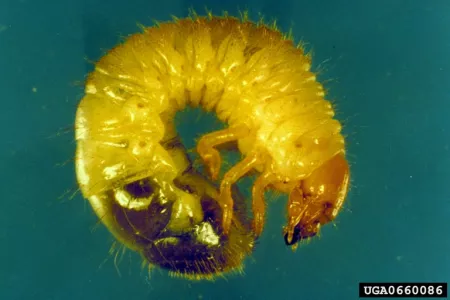
Prevention Mitigation And Management Of Japanese Beetle Department Of Agriculture
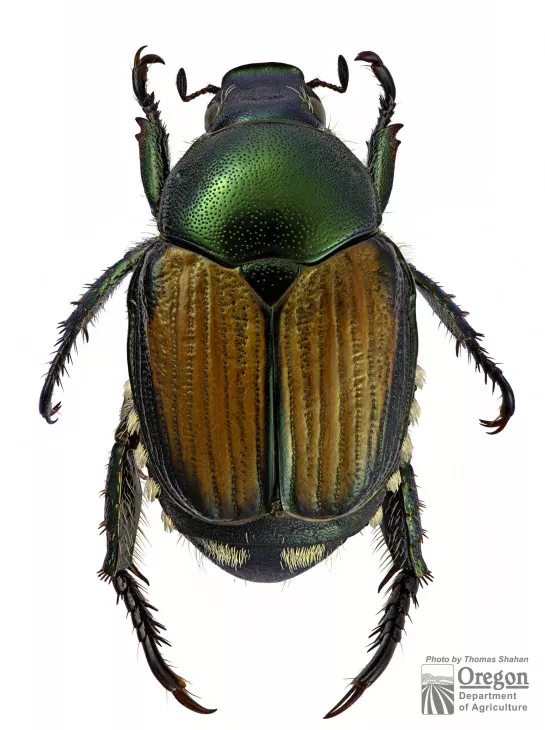
Japanese Beetle In Colorado Department Of Agriculture

How To Protect Your Trees And Shrubs From Japanese Beetle Damage

3 The Life Cycle Of The Japanese Beetle By L Hugh Newman In Man And Download Scientific Diagram
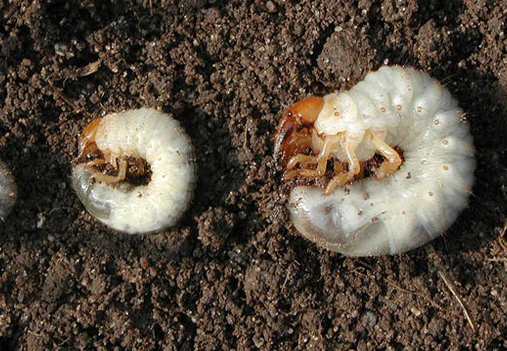
Get Ready For Japanese Beetles Ross Tree Company Denver Colorado
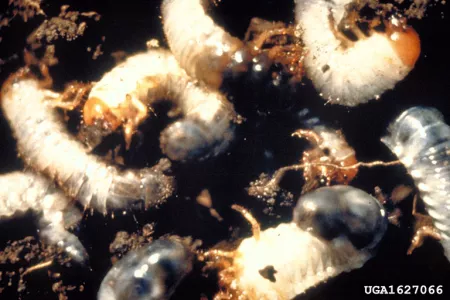
Prevention Mitigation And Management Of Japanese Beetle Department Of Agriculture
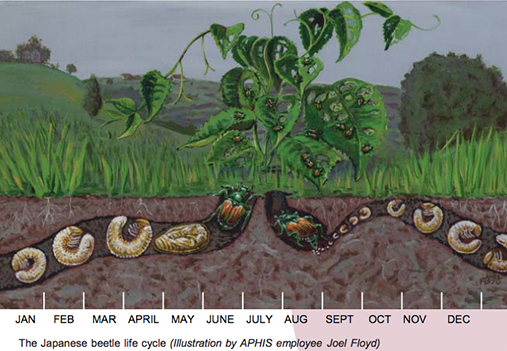
Get Ready For Japanese Beetles Ross Tree Company Denver Colorado

Colorado Garden Punch List Betty Cahill Japanese Beetle Blues

